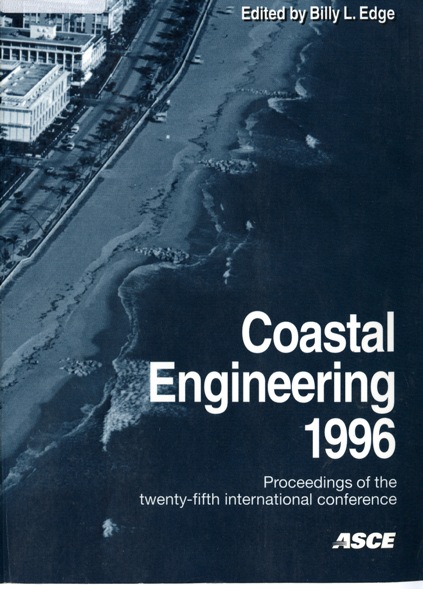Abstract
Tidal waves or tsunamis are long water waves of small steepness generated by impulsive geophysical events of the seafloor or by coastal landslides. Whereas their coastal evolution is now well-understood, their generation is not. Until recently (Tadepalli and Synolakis 1994a, 1996), numerous anecdotal records of historic tsunamis where shorelines significantly retreated before the tidal waves advanced up the coastline have been disregarded; the prevailing paradigm for tsunami studies is the modeling of the evolution and runup of a single-hump leading-elevation waves which offshore have solitary-wave profiles. We propose a model for the leading-wave of tsunamis to explain why the coastal manifestation of most tsunamis suggests a leading-depression N-wave, a waveform which causes the shoreline to recede before advancing up the beach. Farfield, we use the Korteweg-De-Vries equation, and we find that N-waves of geophysical scales do not fission over transoceanic propagation distances and no leading solitary waves emerge. Nearshore, we use shallow water theory to calculate the evolution and runup of emerging non-breaking waves, and we observe that they evolve according to Greens' law (Green, 1837, Lamb, 1945, Synolakis, 1991). We discuss the effects of certain ground deformation parameters and provide one application of our theory by modeling the Nicaraguan tsunami of September 1, 1992.
Authors retain copyright and grant the Proceedings right of first publication with the work simultaneously licensed under a Creative Commons Attribution License that allows others to share the work with an acknowledgement of the work's authorship and initial publication in this Proceedings.

